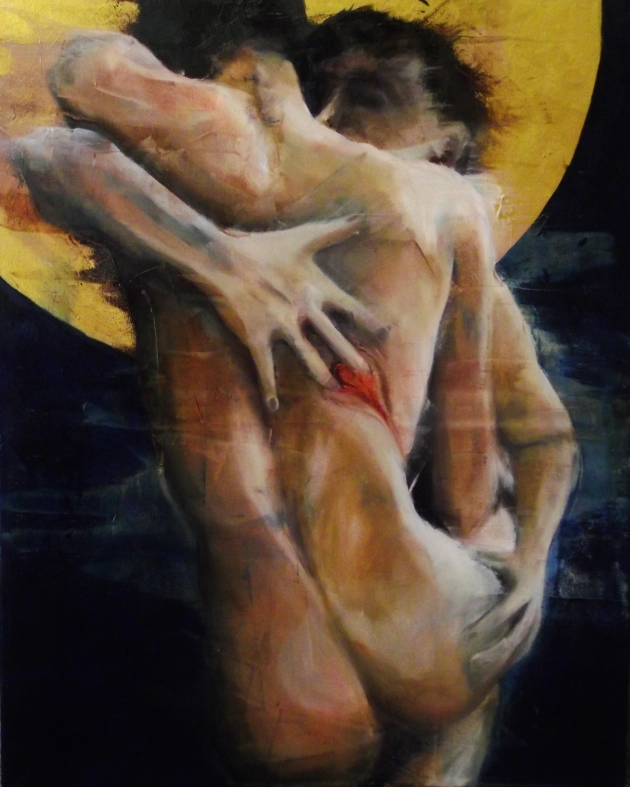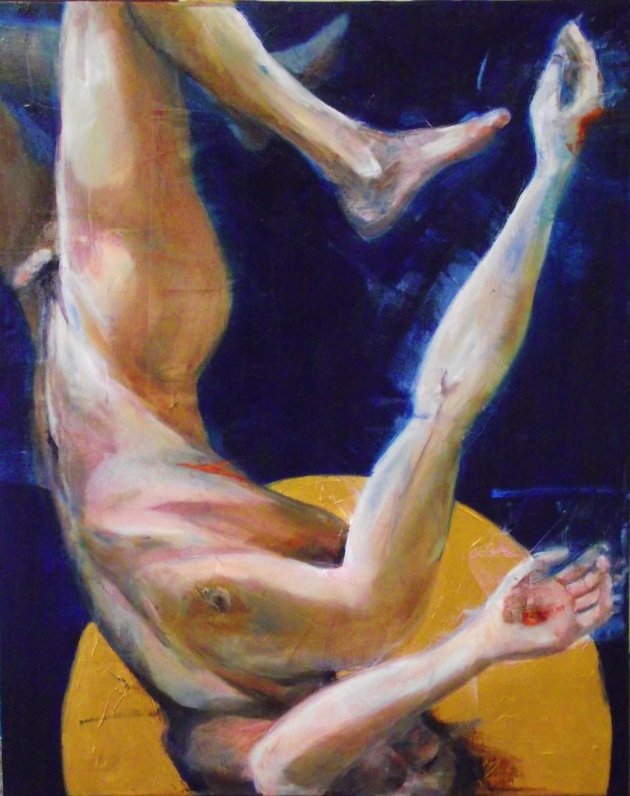In his poem St John of the Cross describes a search through the dark night fuelled by desire and longing. It’s a search that finds consummation as the lover and beloved meet and move together in unison.
It is a destructive view of human nature that sees the body and spirit as two separate things, they are continuous. Hence, s exual desire is one of the tributaries of the soul that leads to the wider desire for God; that is a longing to connect with the transcendent and infinite and to be united with another. If we follow desire’s leading, deep into the dark night, so we move beyond ourselves.
The desire to be close to another draws us into the unknown and as we follow that yearning then we begin to touch, taste and smell s/he who we draw near to. In the Christian tradition the Eucharist (sharing bread and wine) is the most intimate act of worship. We taste, touch and smell the bread and wine that symbolise the body and blood of Christ.
In that meeting, that touching and mutual exploration that consumes all the senses, there is the scary and overwhelming sensation of energy building. A blazing fire from within when lover and beloved meet that is the fire of life in the base of the abdomen. We are still separate but this energy pushes us together urging us to become one. Wanting to enter the other and at the same time to be open and receive. This is the slow opening up for the lover and the intensity of penetration as his energy enlarges and merges with yours.
Thus, in Christ, God yearns for us to come close to share Godself with us. I open my mouth and consume the body of Christ. The boundaries of self dissolve into the total giving of all I am to another. Energy flows with the soft caress of care and yearning and the feeling of another moving within. The energy is shared and becomes more than the sum of its parts. And in that moment of intense and deep connection there is transformation as life and energy overflows and can’t be contained.
As we allow ourselves to be penetrated by the Spirit of God with a fearful aching, opening up to accept Him/Her this giving of our bodies to someone else is an infinitely creative act. But joyful as this deep communion is the desire is never fulfilled. No matter how close we push, how deep we penetrate or are penetrated we are still separate. Hence the desire always leads us further and deeper into love, further and deeper into self-giving.
This is the creative transformation of desire surrendered to.
St Teresa of Avila was a contemporary and friend of John of the Cross and she describes such an all consuming encounter with the Spirit of Christ that Bernini depicts in his ‘Ecstasy of St Teresa’:
“Beside me, on the left, appeared an angel in bodily form…. He was not tall but short, and very beautiful; and his face was so aflame that he appeared to be one of the highest rank of angels, who seem to be all on fire…. In his hands I saw a great golden spear, and at the iron tip there appeared to be a point of fire. This he plunged into my heart several times so that it penetrated to my entrails. When he pulled it out I felt that he took them with it, and left me utterly consumed by the great love of God. The pain was so severe that it made me utter several moans. The sweetness caused by this intense pain is so extreme that one cannot possibly wish it to cease, nor is one’s soul content with anything but God. This is not a physical but a spiritual pain, though the body has some share in it—even a considerable share.”
Our body does have a share in that intense experience: nerves fire, muscles tense, hormones flow, blood rushes and the brain sparkles with sensation. Boundaries blur and the spiritual and physical are one, just as they were always intended to be.

